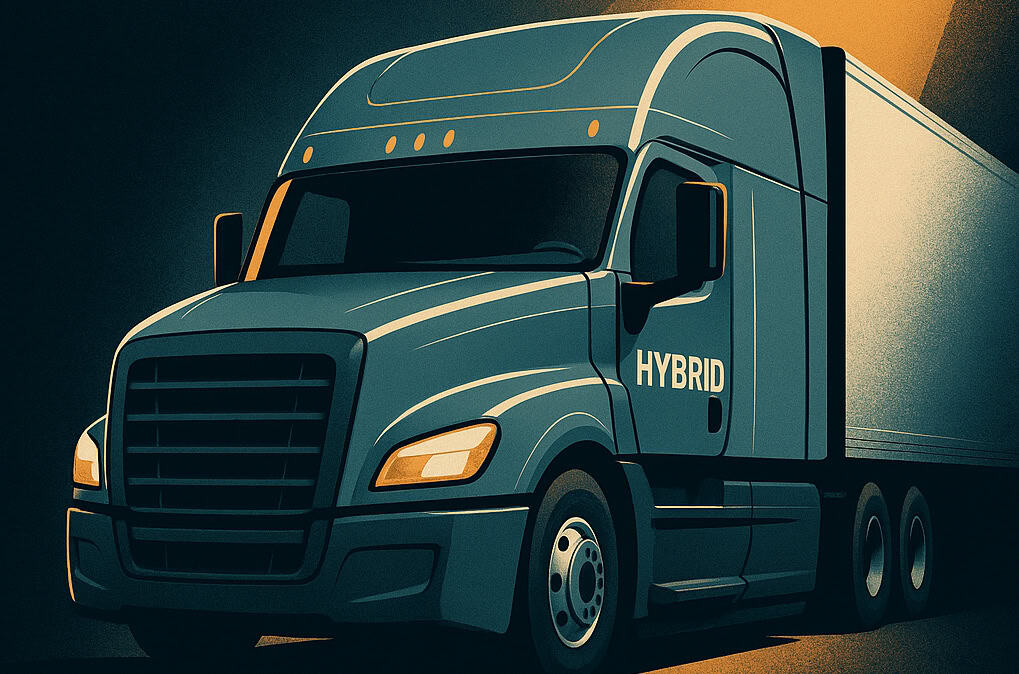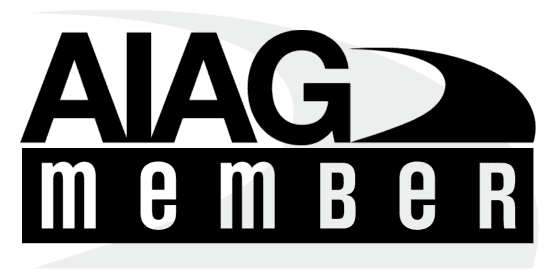Hybrids in the Spotlight: BloombergNEF’s 2025 EV Outlook Reinforces Hybrid Relevance

The global EV market is evolving rapidly — and hybrids are no longer an afterthought. In its much-anticipated Electric Vehicle Outlook 2025, BloombergNEF (BNEF) not only tracks the rising trajectory of battery-electric vehicles (BEVs), but for the first time, it places plug-in hybrids (PHEVs) and range-extended EVs (e-REVs) squarely in the spotlight.
This year’s report sends a strong signal to the automotive industry: hybrids are a critical part of the electrification strategy, especially where infrastructure, cost, or usage profiles demand flexibility and pragmatism.
🔑 Key Insights That Matter for us
1. 🚀 Range-Extended EVs Are the World’s Fastest-Growing Drivetrain
In a standout development, range-extended EVs (e-REVs) — technically plug-in hybrids with large batteries and an ICE backup — are the fastest-growing powertrain globally, led by China’s booming SUV market.
“These vehicles are a variant of plug-in hybrids but are used more like fully electrics, with average battery pack sizes of 39kWh, average electric-only range of 170km, and more than 70% of total kilometers driven.”
This aligns directly with the broader Hybrid Alliance strategic thoughts:
- Electric-first powertrains for real-world usability
- Battery size adapted to daily rather than maximum need. Stay flexible with ICE drives smaller batteries, lower costs, weight and use of scare resources.
- Ideal for urban-to-rural applications and low-infrastructure environments
2. 📊 Plug-in Hybrids Are Counted — and Counted On
For the first time, plug-in hybrids are included alongside BEVs in BNEF’s EV adoption charts — indicating growing recognition of their market impact.
“It also looks at other drivetrains, including hybrids, natural gas and fuel cells, and explores the resulting impacts of all of these on electricity markets, oil demand, batteries and materials, charging infrastructure and CO₂ emissions.”
This mainstream modeling shift acknowledges what the Hybrid Alliance has long argued:
- Hybrids are not transitional — they’re integral
- Their role in grid stability, emissions reduction, and energy diversification is real and growing
3. 💸 Charging Cost — Not Access — Will Be the Real Barrier
BNEF reveals a crucial insight: the true barrier to EV adoption isn’t infrastructure availability — it’s charging economics.
“Public charging is becoming more expensive — sometimes costlier than gasoline per km — whereas most EV users in leading markets like China charge at home for 20–60% less.”
This is a pivotal insight for heavy-duty and fleet applications, where:
- Fast charging is expensive and impractical
- Home depot or overnight charging with plug-in hybrids offers a low-cost, low-risk path
- TCO optimization (Total Cost of Ownership) increasingly favors hybrid strategies
4. 🌍 Emerging Markets Are Leading EV Growth — Without Infrastructure
The report upends assumptions that public infrastructure is required for EV scaling:
“Thailand will surpass the U.S. in EV sales in 2025, and Brazil will overtake Japan by 2027 — driven not by infrastructure, but by affordable vehicles, home charging, and clear TCO benefits.”
This creates a huge opportunity for smart plug-in hybrids in:
- Infrastructure-light environments
- Regions with limited grid capacity
- Cost-sensitive markets needing reliable, flexible solutions
🧭 Hybrid Alliance Takeaways
The 2025 BNEF Outlook confirms the Hybrid Alliance’s mission:
Hybrid drivetrains are no longer a niche solution. They are critical enablers of global electrification, offering:
✔ Electric-first daily driving
✔ Diesel or gas-enabled range for long-haul or rural operation
✔ Minimal infrastructure dependency
✔ High CO₂ savings with practical cost advantages
This is not a transition. This is traction.
Hybrid innovation is powering the real-world path to sustainable mobility – and we are proud to be at the forefront.
Source: BloombergNEF Electric Vehicle Outlook, published: June 2025: Electric Vehicle Outlook | BloombergNEF)


